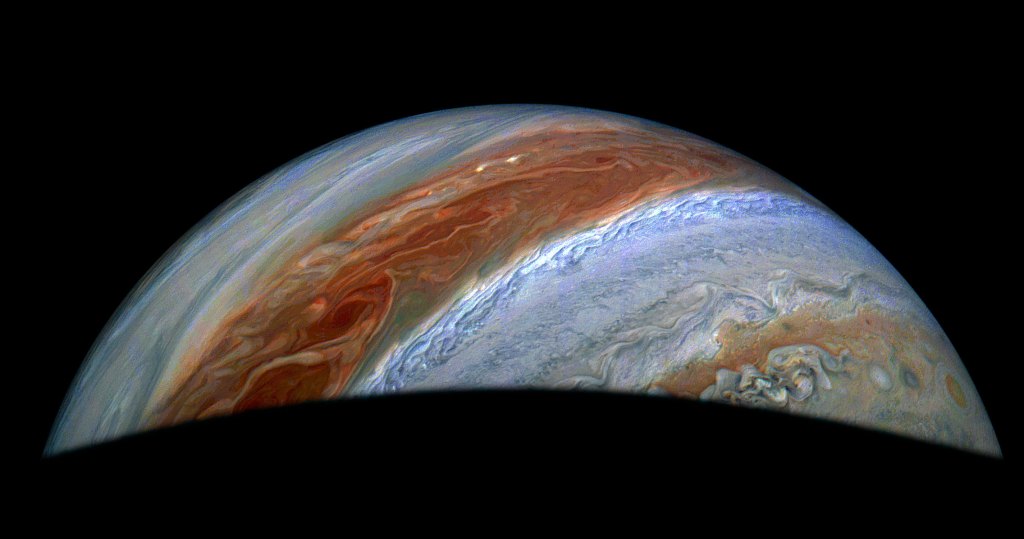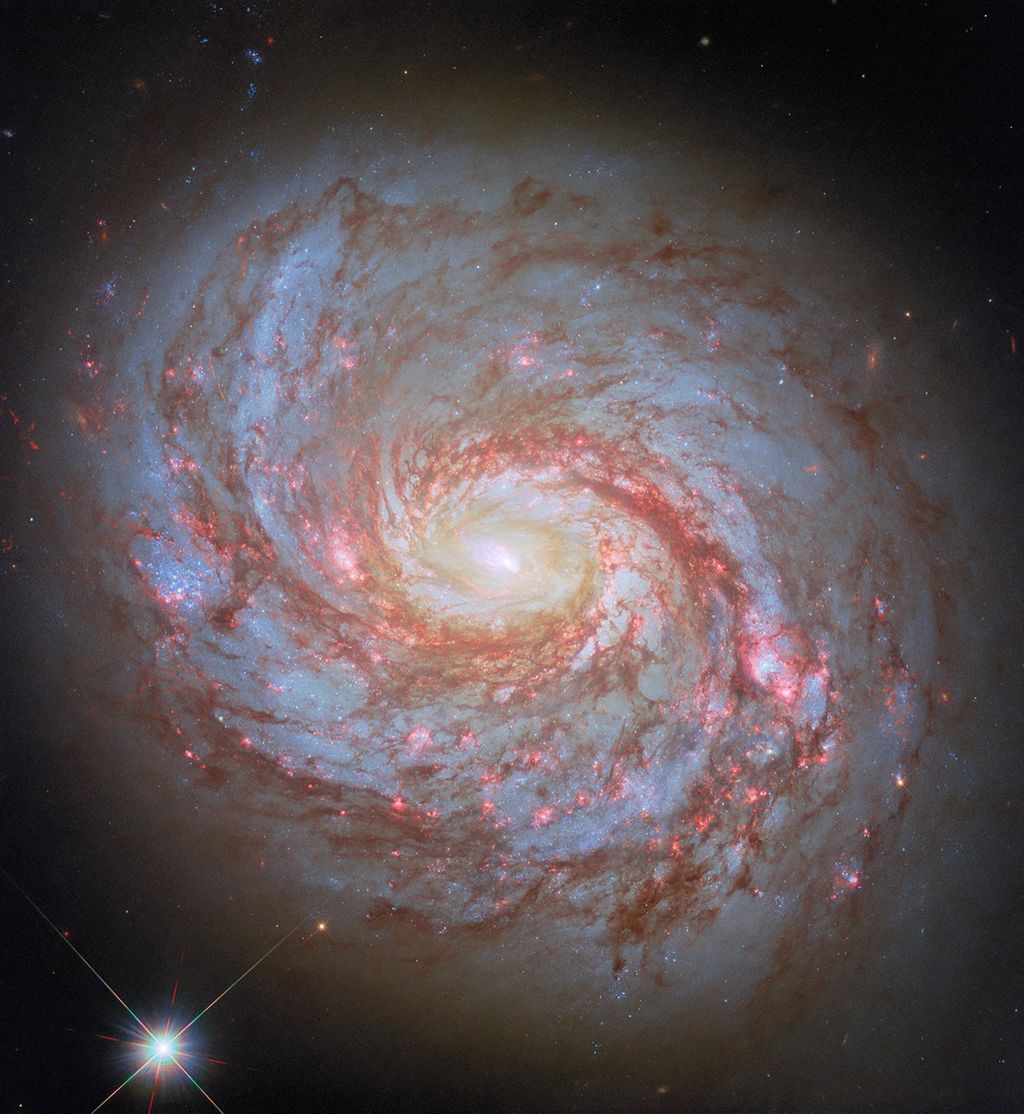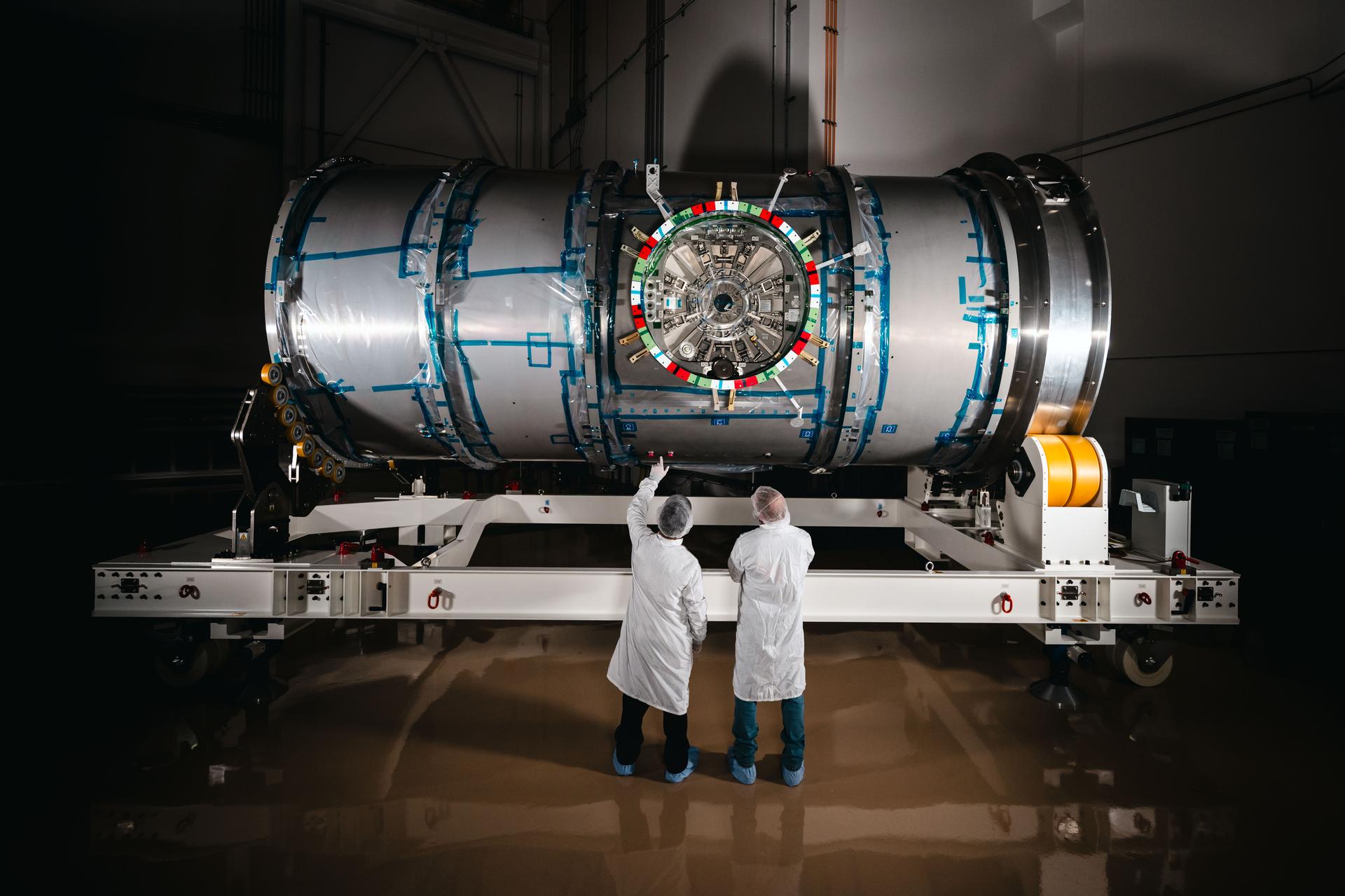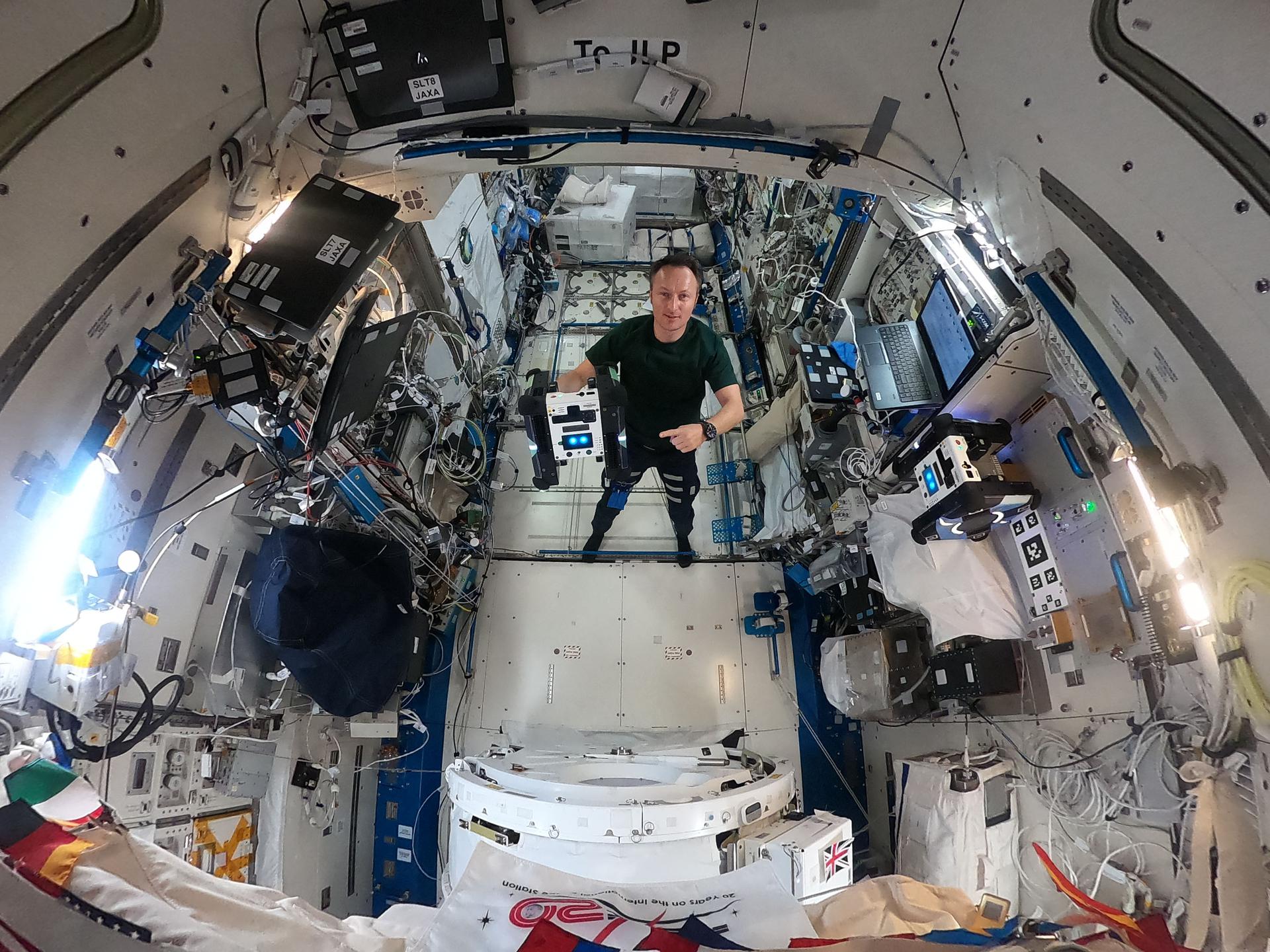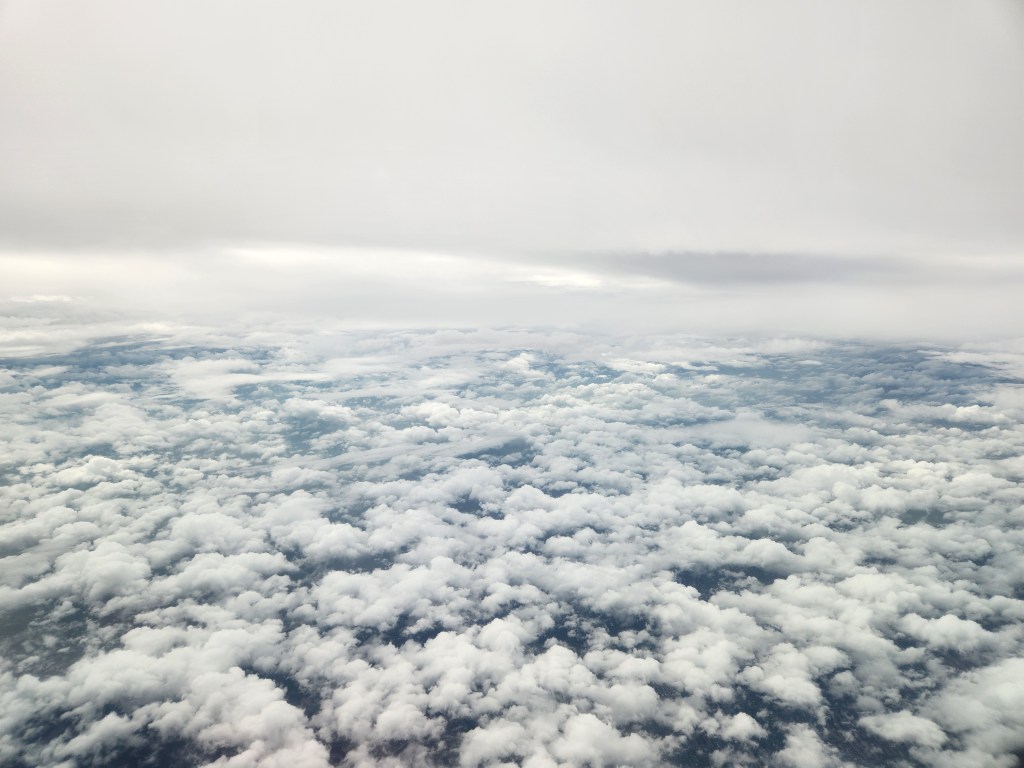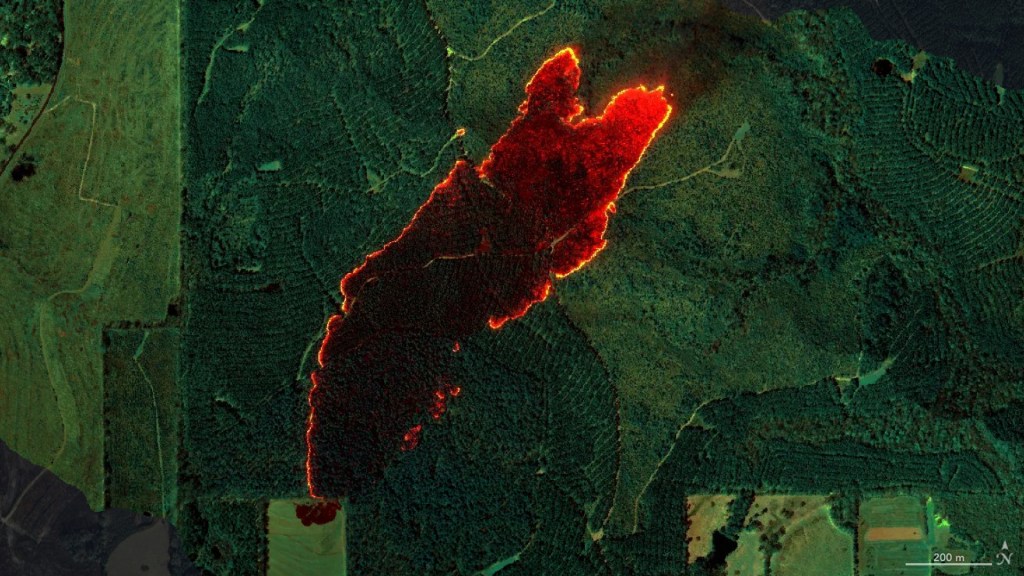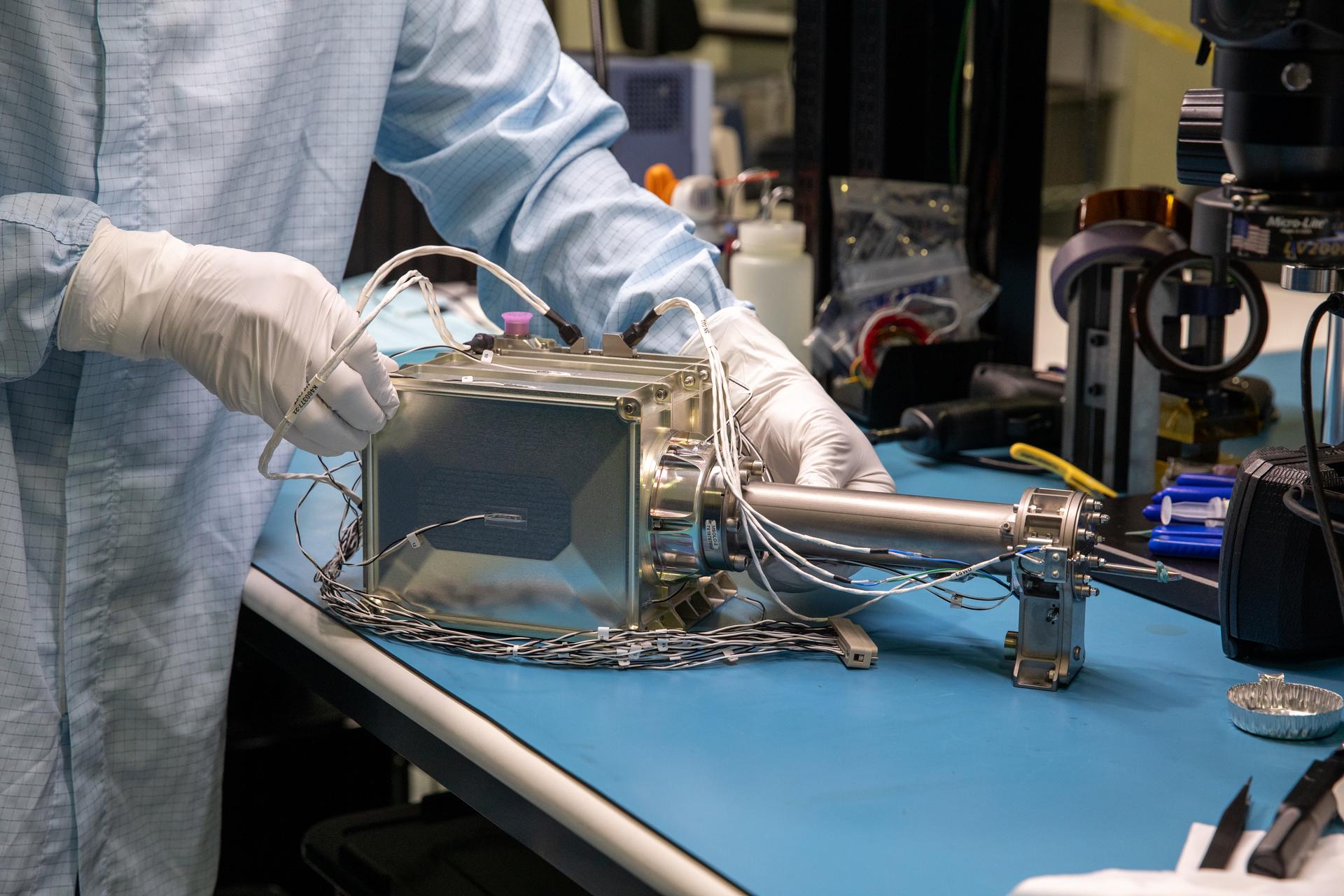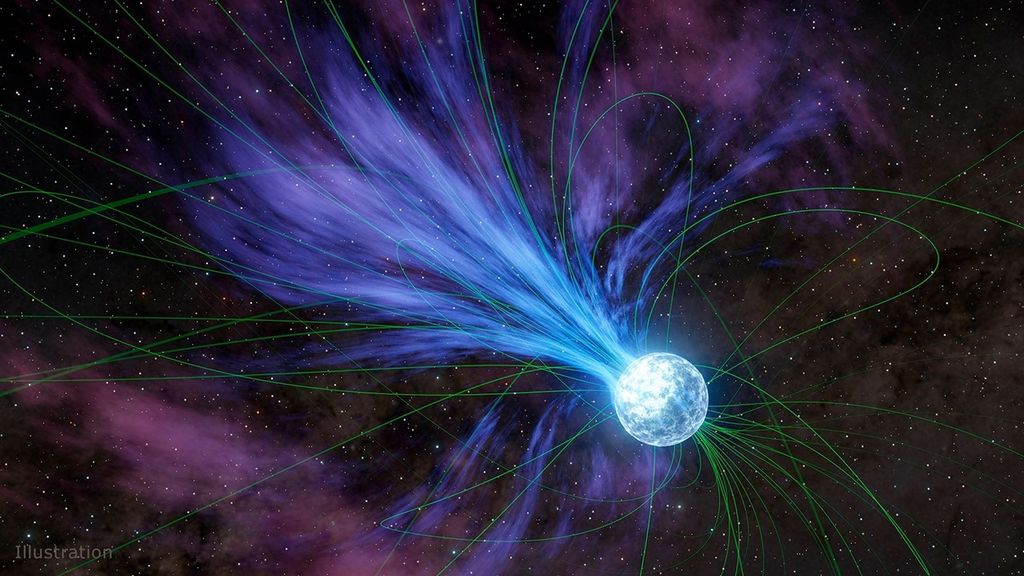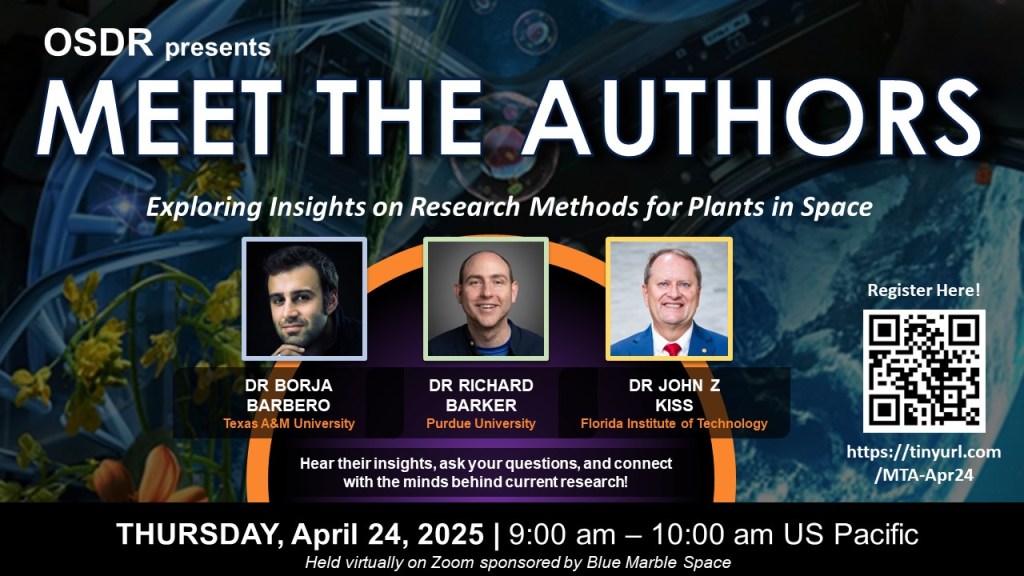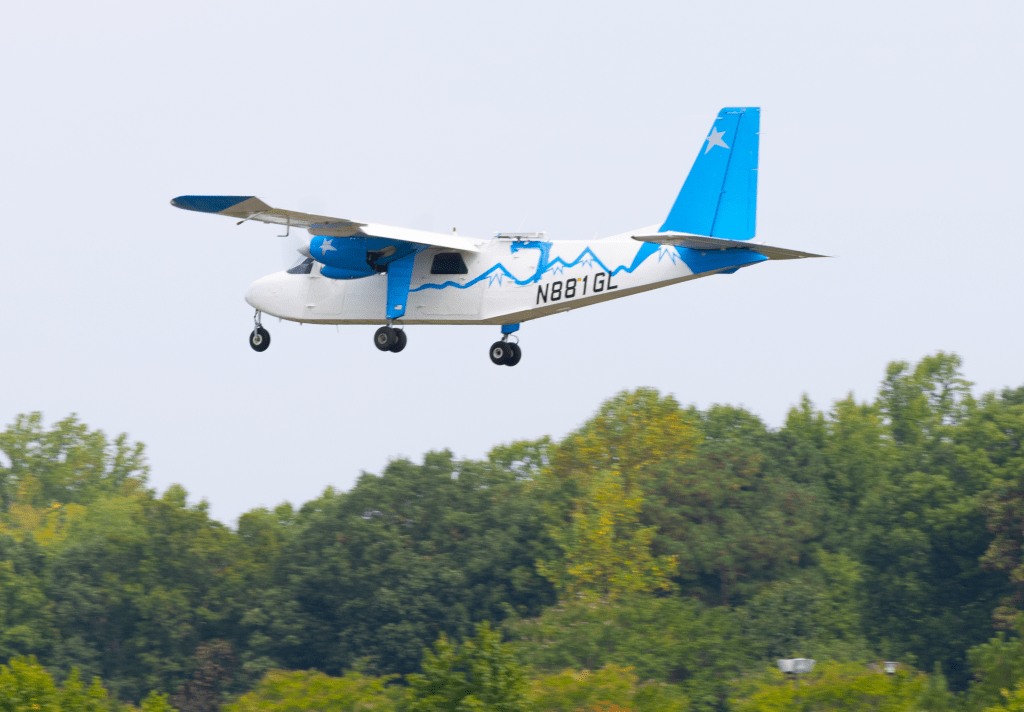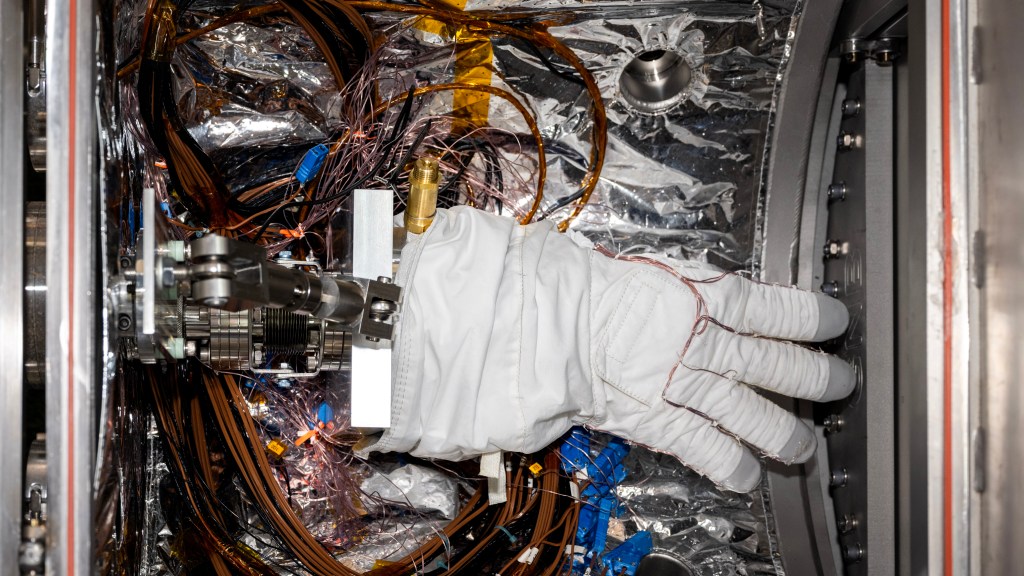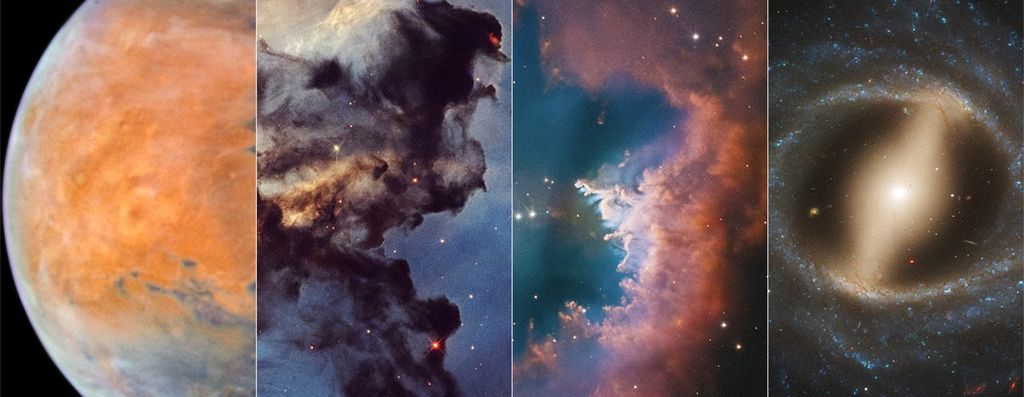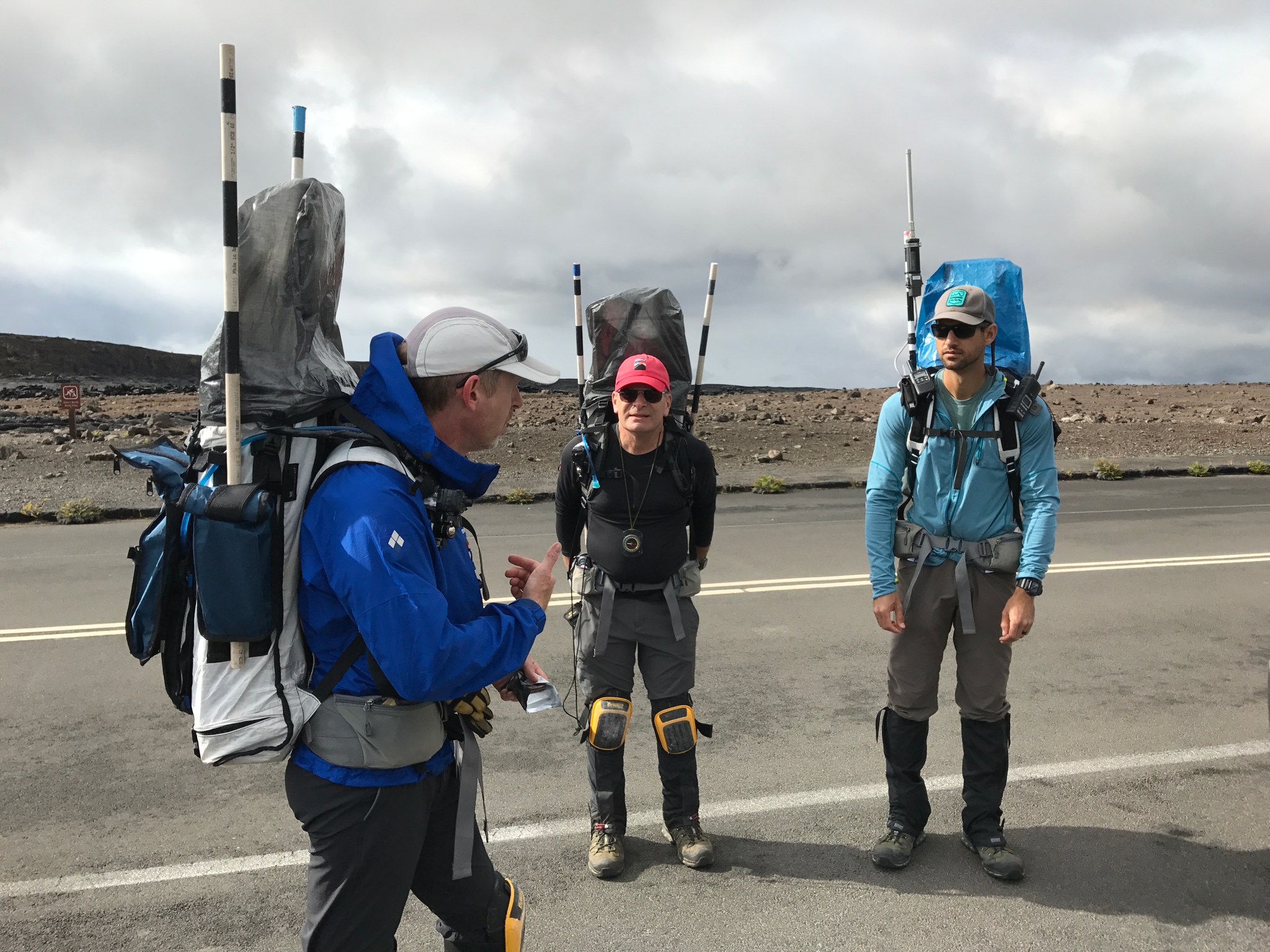Designing Future Human Space Exploration on Hawaii’s Lava Fields
NASA’s BASALT project is designing and developing elements of future missions that could send humans to conduct science and exploration on Mars. Many of the lessons they learn can also be applied to human exploration of the Moon, the moons of Mars and near-Earth asteroids.
As rain poured down, the “astronauts” suited up for a day of exploration on Hawaii’s Kilauea volcano. A NASA research group had come here to study the geology and biology of the area’s lava fields in the same ways future explorers might study the surface of the Moon or Mars. While traversing the barren landscape, taking measurements and rock samples, they were also testing their software, communication systems, methods and NASA’s very ideas about how such extreme exploration will work.
This high-fidelity simulation of a human-led space exploration mission belonged to a project called Biologic Analog Science Associated with Lava Terrains, or BASALT. Using the volcanic activity of Hawaii Island as a good stand-in for the conditions that existed on ancient Mars, the project created a unique blend of science, mission operations and technology research.
Going “Analog”: Preparing for Deep Space on Earth
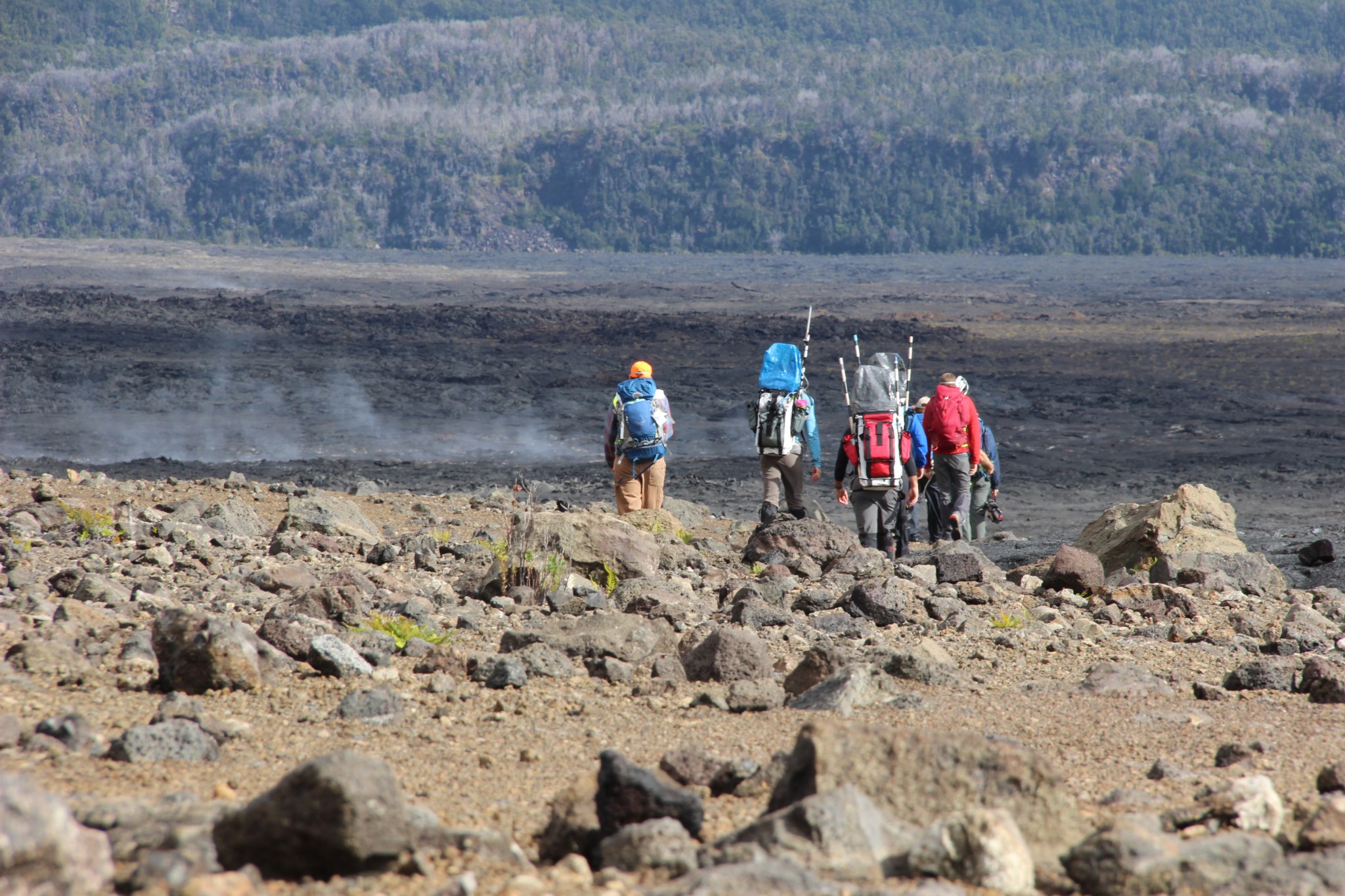
The approach of studying a place on Earth that has similarities to a deep-space destination is called analog research. The analog environments used in BASALT’s research provide NASA with data about the strengths and limitations of current plans for how human exploration will operate. They help determine which tools will assist future astronauts on their mission of scientific discovery and which methods will ensure that scientists back on Earth get the samples they need.
The BASALT project is a collaboration of scientists, engineers, operations specialists and former astronauts that brought their diverse backgrounds and perspectives to help answer those questions.
During the simulations, team members worked in one of three groups: those trekking across the lava fields, simulating the work of astronauts on the Martian surface; a group of scientists in the role of scientific experts supporting the astronauts’ exploration from mission control on Earth; and two people operating as crew members who might be orbiting Mars in a spacecraft, relaying information between the Earth-bound and Mars-based teams.
At the end of each long day for the astronaut crew in the field, BASALT’s collection of experts analyzed the day’s science investigations and operational successes using quantitative rankings. This information told them what elements were working, how to adapt the mission the next day and what to improve for testing the following year.
Science on the Lava Fields: Searching for Life and the Conditions It Needs
The BASALT team’s real – that is, non-simulated – science objective was to understand the potential for volcanic environments rich in basalt rock to support microbial life. (Basalt is both the acronym of the project’s name and a type of rock that formed from cooling lava – here in Hawaii and on ancient Mars.)
Biologists, geologists and geochemists worked together on this project to understand microbial lifeforms, like bacteria, that grow on these rocks and the factors that allow them to thrive. What the researchers discover about life in relation to these basalt environments may help other scientists choose the best sites to target when searching for signs of life – current or past – on Mars.
Mars Mission Design: Testing How It Could Work and the Technology It Will Take
An astronaut crew on Mars will need to receive input from a science team on Earth to help guide and enhance their exploration. But, because communication delays between the two will range from four to 22 minutes one way, astronauts will need to be able to manage their own activities at times. The BASALT astronauts practiced this aspect of mission operations using a simulated delay of several minutes, limited bandwidth for transmitting data and wrist displays that included a mission-planning tool called Playbook. This software system allowed them to operate autonomously during communication delays.
Another technology tool, NASA’s Exploration Ground Data Systems, or xGDS, allowed the scientists to track the progress of the team exploring in the field. The xGDS is an interactive suite of web software that syncs real-world data from sensors and the astronauts’ observations with digital maps for analysis.
Other tools were designed to help both Earth- and Mars-based crews see what’s happening on the ground. High-resolution, 360-degree photos, such as might be taken by a companion Mars rover during a future human mission, captured the landscape on the Hawaiian volcano that the simulation’s astronauts would explore. This gave the science team a chance to choose, in advance, locations likely to be of interest to their research.
+++
The BASALT team spent 21 days at each of its three analog research sites performing field studies of the science operations and technology it had developed. NASA expects this science-driven exploration program to result in new technologies and capabilities that will help advance the next generation of exploration. BASALT’s research group aims to continue its work at other Mars analog sites to examine more intricacies of making human scientific exploration of our solar system a reality.
Milestones:
– June 2016 – The first round of BASALT field tests, at Craters of the Moon National Monument and Preserve, in Idaho. The site was an analog to present-day Mars, where most evidence for the type of volcanism studied by the project is from a more active past thousands of years ago.
– November 2016 – BASALT’s second field test, on the lava flows of Mauna Ulu, on the Big Island of Hawaii. This volcanically active location was an analog environment for early Mars.
– November 2017 – The third and final season of testing for BASALT was held at Kilauea Iki and Kilauea Caldera Region, Hawaii Volcanoes National Park – also an analog environment for early Mars.
– March 2019 – The journal Astrobiology published a special issue devoted to the science, technology and engineering of future human space exploration studied by the BASALT research program: “The BASALT Program: Analog research in support of human scientific exploration of Mars.”
Partners:
NASA’s Ames Research Center in California’s Silicon Valley led the BASALT project in collaboration with several other NASA centers: Johnson Space Center in Houston, Texas; Kennedy Space Center in Cape Canaveral, Florida; Jet Propulsion Lab in Pasadena, California; Goddard Space Flight Center in Greenbelt, Maryland; Marshall Space Flight Center in Huntsville, Alabama; and NASA Headquarters in Washington.
Participants from outside of NASA include: Bay Area Environmental Research Institute in Petaluma, California; Cornell University in Ithaca, New York; Purdue University in West Lafayette, Indiana; Idaho State University in Pocatello, Idaho; University of Edinburgh in Scotland; McMaster University and York University in Canada; Massachusetts Institute of Technology, in Cambridge; Arizona State University; Harvard University in Cambridge, Massachusetts; University of Hawaii; Pacific International Space Center for Exploration Systems in Hilo, Hawaii; and KBRwyle.
Learn more:
Experts on Earth Could Support Astronaut-Scientists on Mars, if They Team Up from the Start (NASA story, December 2019)
Designing Future Human Space Exploration on Hawaii’s Lava Fields (NASA story, December 2017)
NASA Field Test Focuses on Science of Lava Terrains, like Early Mars (NASA story, November 2016)
In Hawaii, NASA Researchers Practice Doing Science On Mars (NASA video, November 2016)
Darlene Lim Talks About Some Of The Challenges Of Doing Science On Mars (NASA in Silicon Valley podcast episode, November 2016)
Jessica Marquez Talks About Planning and Managing Daily Tasks for Astronauts (NASA in Silicon Valley podcast episode, September 2017)
For researchers:
“The BASALT Program: Analog research in support of human scientific exploration of Mars” – An Astrobiology special issue devoted to the science, technology and engineering of future human space exploration studied by the BASALT research program
The BASALT research program homepage
For more information on NASA’s Astrobiology Program, please visit: https://astrobiology.nasa.gov.
For news media:
Members of the news media interested in covering this topic should get in touch with the science representative on the NASA Ames media contacts page.


